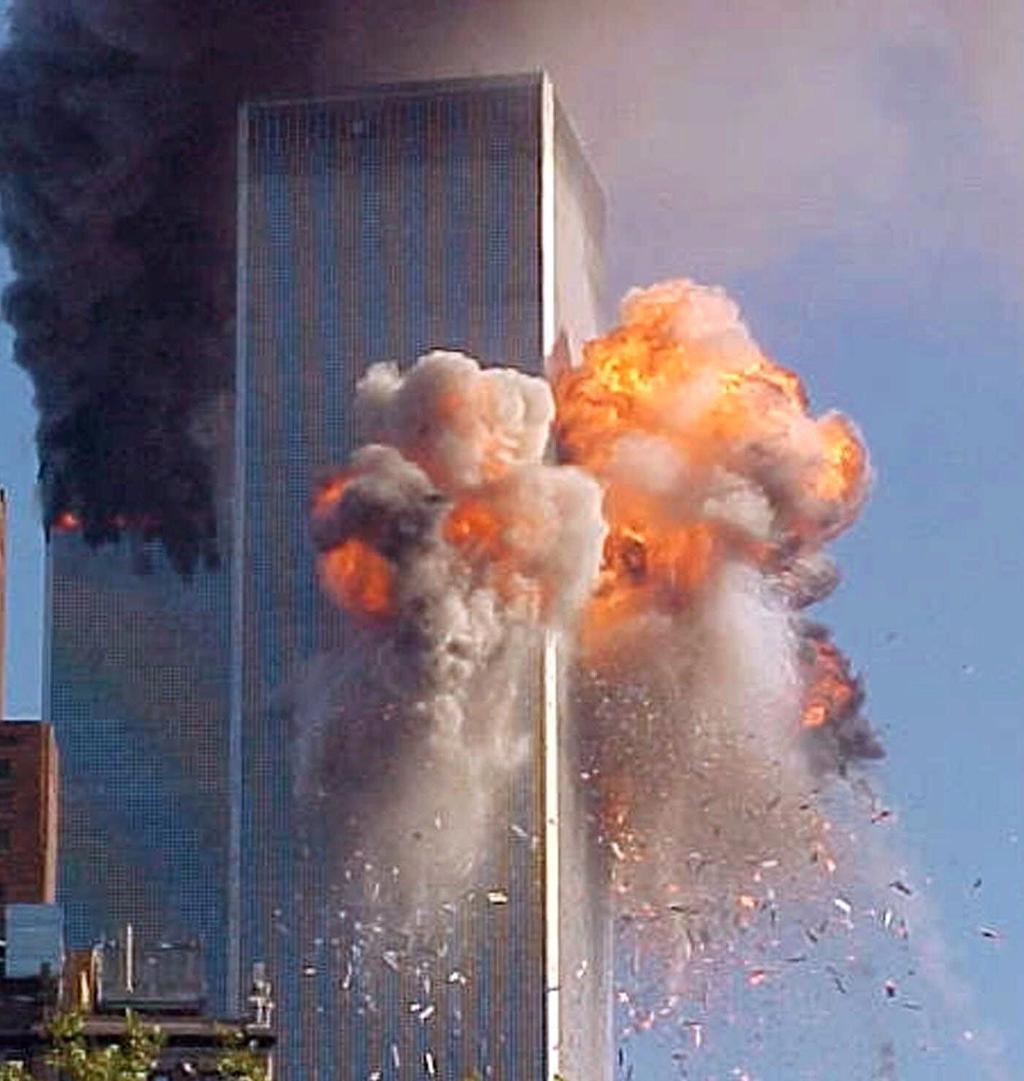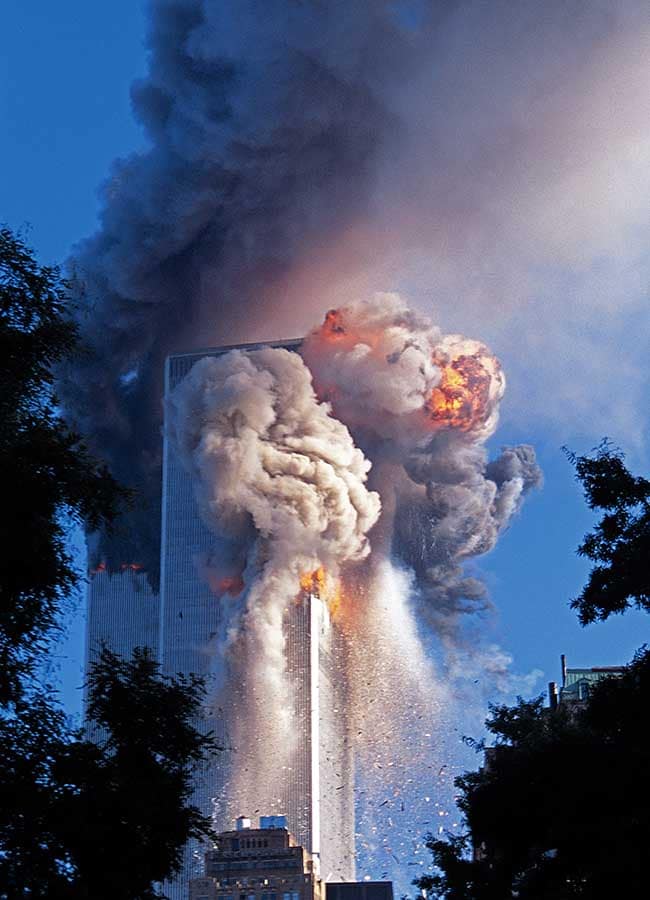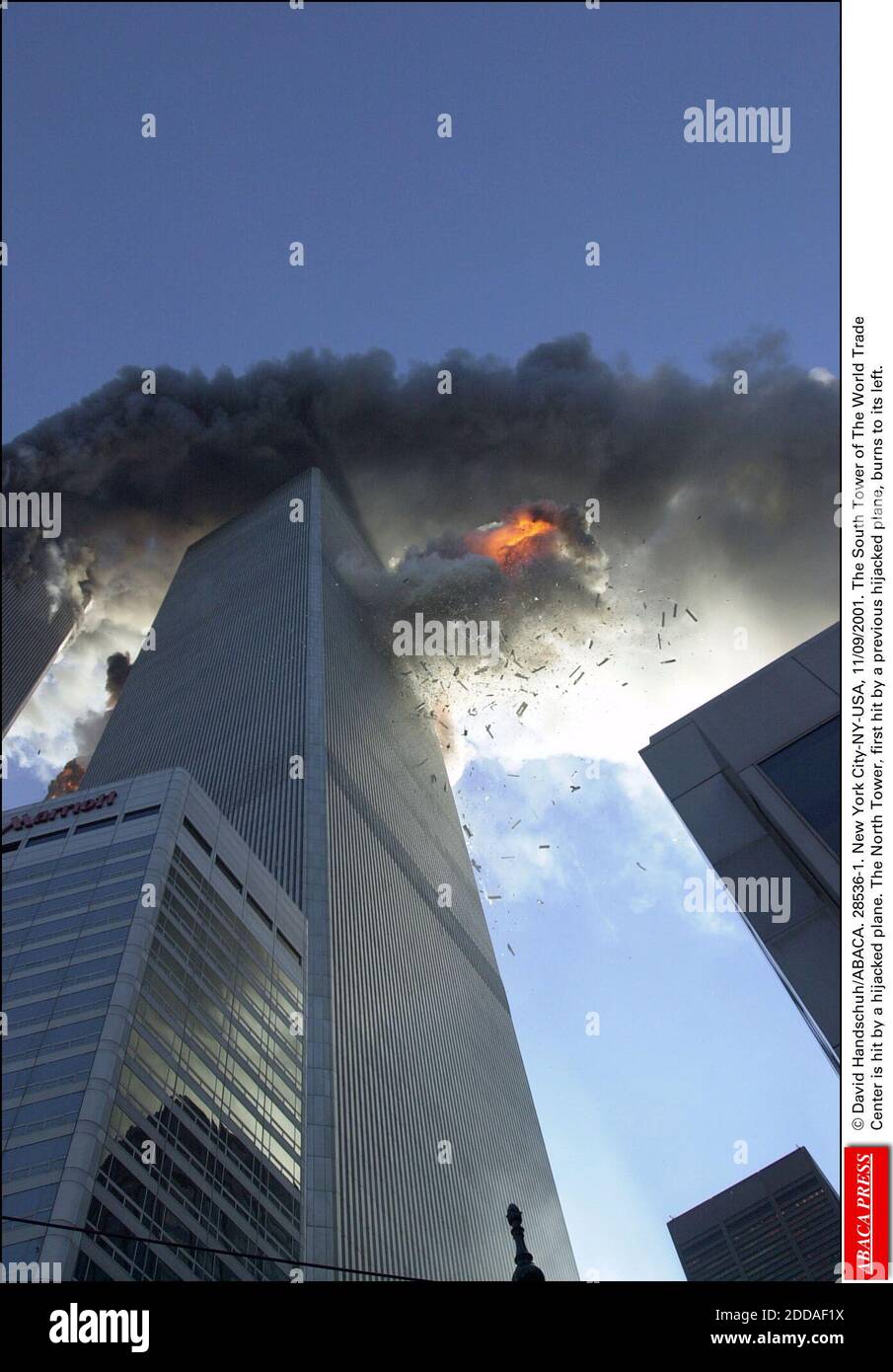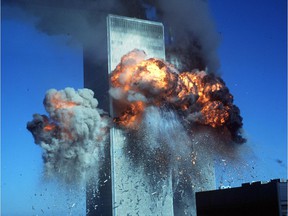Marc Powell
Active Member
It is claimed by conspiracy theorists that mistimed demolition explosions, that they refer to as “squibs,” can be seen at various times and at various places before the collapse of the WTC twin towers. At the 51:50 mark in the 2014 David Hooper film, The Anatomy of a Great Deception (viewable in its entirety at youtube.com/watch?v=l0Q5eZhCPuc ), Hooper makes reference to one particular squib that he claims was detonated shortly before the AA Flight 11 impact. He tells the audience the following:
Below is the accompanying clip from Hooper’s film:
In the video clip, taken from the Naudet Brothers video, there definitely is a mysterious dark brown cloud visible near the top of the tower that appears to be present even before the fireball from the plane crash ascends to that level. However, it was not present before the plane impact, is not the result of a demolition charge explosion and is not even smoke, for that matter. Hooper’s video clip starts after the plane impact which conceals the fact that there actually was no smoke visible beforehand. And the clip is freeze framed right after the mysterious cloud has been zoomed into view which conceals the fact that the smoke just hangs in the air and does not move upward as hot smoke from an explosion would be expected to do. This is more clearly visible in the unedited version of the video viewable at youtube.com/watch?v=7g6V8KZE3GA . Here is a clip from it:
The mystery of the brown cloud is solved in Chapter 6 of the NIST report NCSTAR 1-5A, which contains a detailed analysis of the Naudet Brothers video of the Flight 11 impact. On page 56, it says the following:

Here are the diagrams of the ventilation louvers referred to in the NIST report:


So then, the brown cloud at the top of the North Tower was merely dust that had accumulated in ventilation louvers on the 108th and 109th floors that supplied fresh air to the floors where the aircraft impacted. The pressure wave from the crash forced the dust in the louvers to be violently expelled resulting in visible dust clouds on the north and east sides of the building. One has to wonder why David Hooper and his team of diligent researchers, including Technical Director, Richard Gage, could not have read the report they so vehemently criticize and figured this one out on their own.
Not all squibs, however, were easy to spot. Remember how we discussed explosions that were timed to go off with the plane impacts? Well, this is the first plane impact. Notice the dark brown smoke coming out of the top floor of the tower. This smoke is already dissipating before the plane strikes the building.
Below is the accompanying clip from Hooper’s film:
In the video clip, taken from the Naudet Brothers video, there definitely is a mysterious dark brown cloud visible near the top of the tower that appears to be present even before the fireball from the plane crash ascends to that level. However, it was not present before the plane impact, is not the result of a demolition charge explosion and is not even smoke, for that matter. Hooper’s video clip starts after the plane impact which conceals the fact that there actually was no smoke visible beforehand. And the clip is freeze framed right after the mysterious cloud has been zoomed into view which conceals the fact that the smoke just hangs in the air and does not move upward as hot smoke from an explosion would be expected to do. This is more clearly visible in the unedited version of the video viewable at youtube.com/watch?v=7g6V8KZE3GA . Here is a clip from it:
The mystery of the brown cloud is solved in Chapter 6 of the NIST report NCSTAR 1-5A, which contains a detailed analysis of the Naudet Brothers video of the Flight 11 impact. On page 56, it says the following:
Here are the diagrams of the ventilation louvers referred to in the NIST report:
So then, the brown cloud at the top of the North Tower was merely dust that had accumulated in ventilation louvers on the 108th and 109th floors that supplied fresh air to the floors where the aircraft impacted. The pressure wave from the crash forced the dust in the louvers to be violently expelled resulting in visible dust clouds on the north and east sides of the building. One has to wonder why David Hooper and his team of diligent researchers, including Technical Director, Richard Gage, could not have read the report they so vehemently criticize and figured this one out on their own.
Last edited:




